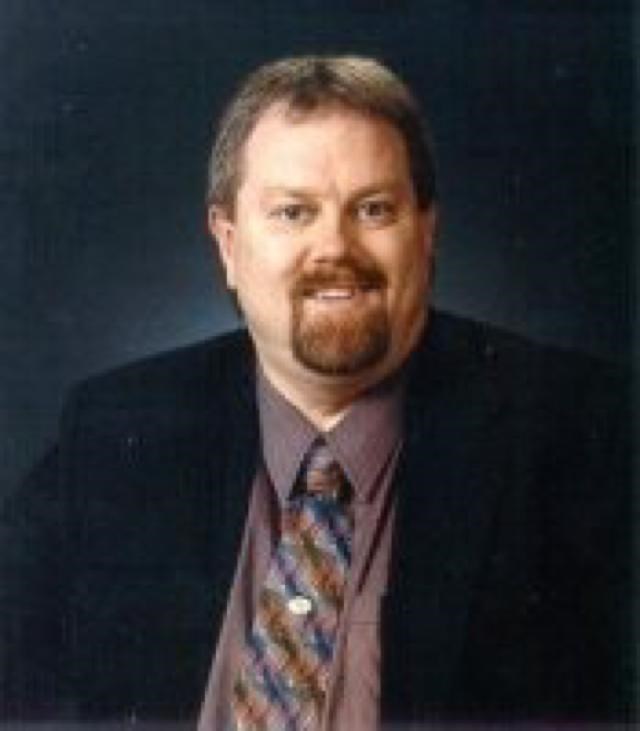Issues ranging from the legalization of marijuana to the effects of traumatic situations on first responders are being wrestled with by the Canadian Association of Police Governance (CAPG), the national body for police commissions.
Weyburn Coun. Rob Stephanson was re-elected for his second term as president at their national conference in Ottawa in mid-August. This is his fifth or sixth year on the national association as one of two representatives for Saskatchewan.
The Police Governance association works closely with the Canadian Association of Chiefs of Police (CACP), said Stephanson.
He noted the newly-announced research project by the University of Regina into the help needed for first responders suffering from PTSD (post-traumatic stress disorder) as a prime example of the cooperative efforts they are a part of.
“The U of R released a blue paper. They’re leading an evidence-based study into OSI (operational stress injury) and PTSD involving first responders, and our organization is involved,” said Stephanson, noting the researchers will be doing a survey starting in September of emergency first responders to find out exactly to what extent police and other emergency workers suffer from PTSD and other traumas, and what help they are getting for it, if any.
One troubling sign, he said, is that last year 40 first responders took their lives, and so far this year, 26 first responders have committed suicide.
According to information from the U of R, the blue paper “evaluates the peer support and psychological intervention programs already being offered to help those who often confront death, violence and threats to their own lives at work, sometimes on a daily basis.”
On the legalization of marijuana, Stephanson noted they first went in early May to do lobby work in Ottawa on a number of issues, and told government officials initially they had no position on the legalization of marijuana.
“We were told basically it’s going to happen,” said Stephanson, adding the police governance association has a lot of questions that there are no answers to yet, such as what the cost to enforce the new laws will be, what training will be available to police, and who will pay for it along with the equipment that will be needed.
In regard to training, for example, there are currently only two courses available to police to train them how to assess if a person is impaired by marijuana, one in Arizona and the other in Florida, both of them very expensive.
Most police forces in Canada have not had anyone trained in this yet, but were told that officers from the Peel Regional Police took the training, “and they’re not convinced the training works.”
For the police forces the association works with, said Stephanson, “there are no roadside testing devices for marijuana, but are coming soon. So who pays for them, how many do you need, and will they be the same as breathalyzers. There are answers needed, like who’s picking up all these costs?”
One MP told the association that the money saved by not prosecuting people for possession of marijuana should “more than pay” for the costs to enforce the new laws. “That’s not even close to being realistic. That has to be proven,” said Stephanson, adding that other questions include what is the cutoff age limit to use marijuana.
“It would be nice if all the criminal elements went away after it’s legalized, but that’s not realistic,” said Stephanson, pointing out in regard to cigarettes, where smuggling has become big business in criminal circles.
As the president of a national body that oversees police forces, Stephanson said while Weyburn is on the smaller side compared to West Vancouver, Toronto and Montreal, the difference on the governance side is one of scale.
“We represent 70 per cent of the oversight boards of police in the country. When it comes to issues, Weyburn’s smaller, so the size of the issues are smaller. It’s just the scale you’re addressing it on,” said Stephanson, giving as an example how police officers are sometimes tied up dealing with mental health issues.
In Weyburn, on a given busy night, there might be one or two officers tied up for a number of hours with the issue, which is half of the force on the street during a shift.
“In Toronto, you can have 24 to 30 officers tied up in a day. It’s just on a larger scale,” he said.
The only province not represented in their association is Quebec, said Stephanson, because they do not have oversight boards for their police forces.
The board representatives are very widespread, but try to meet face-to-face at least three times a year, and to kick off this new year, there will be an orientation for the board in Ottawa in the last week of September, coinciding with the national police memorial event held in Ottawa.




